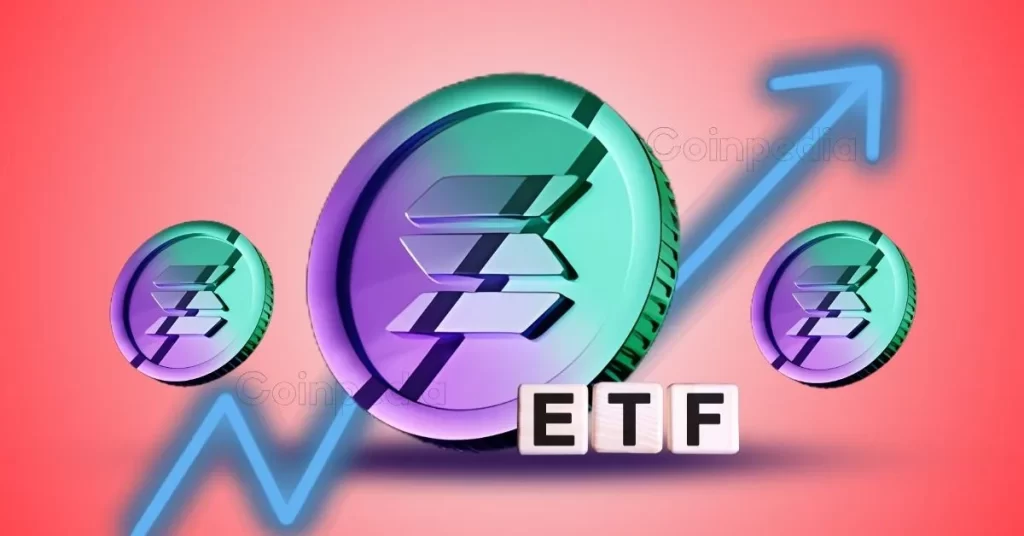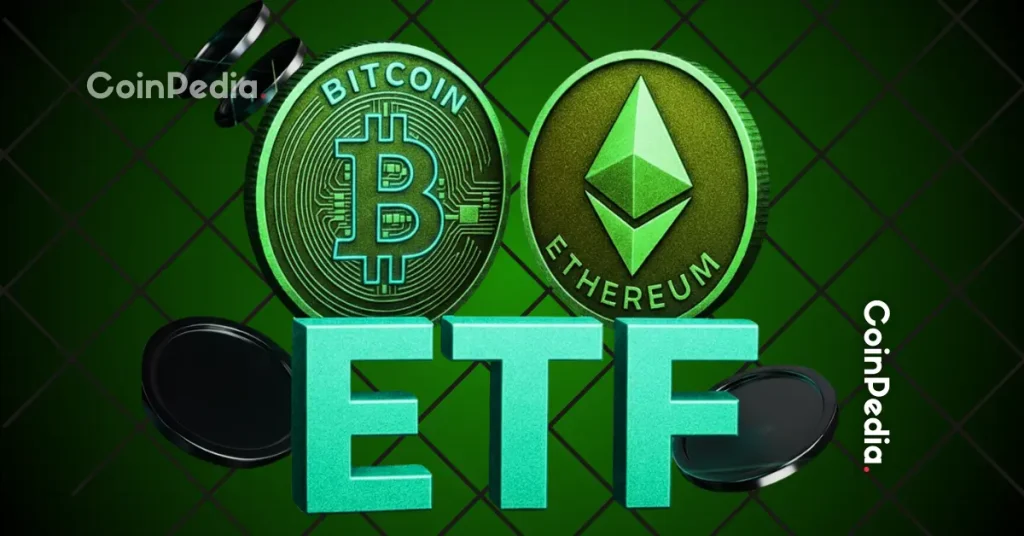
Will Doing the “Howey Test” Be the Next Bullish Move for Crypto Assets?
There is always something worth considering in the world of digital assets. One day the key topic may be market structure, the next day the underlying technology, and another day federal securities law.
At my previous job as an equity research analyst, 99.9% of what I considered every day was “securities.” For crypto assets, it’s not so easy.
With increased scrutiny from industry-targeted regulators, the definition of what is and isn’t a security is gaining traction. I believe that a transparent and public definition and application of what constitutes a security would also benefit the cryptocurrency market.
Howie test requirements
Clarity is paramount, and increased clarity benefits all parties, especially crypto holders and potential holders.
What is the Howie Test? It’s superficially simple, but it’s also Rorschach test-like, and the interpretation is left to the individual. The Howie Test uses four metrics to determine what is and isn’t a security.
- brought about by the efforts of others
- expected a profit
- to joint venture
- capital investment
If an asset meets all four Howie test requirements, it is a security and must be registered with the SEC under the Federal Securities Act of 1933 and 1934. If an asset does not meet these four requirements, it is not a security. These four requirements will result in millions of dollars in legal costs.
The Howie test has become increasingly important in recent years as the SEC classifies many crypto assets as securities.
In other words, being classified as a security means that cryptocurrencies and organizations involved in their movement are under the jurisdiction of the SEC.
The SEC’s white paper entitled “Framework for Analysis of Investment Contracts for Digital Assets” suggests that digital assets meet the latter two requirements. First, investors can buy/earn digital assets in exchange for something of value. Next, analyzing digital assets, the SEC argues, “generally there is a joint venture.”
Because crypto-assets meet these requirements, the SEC can target crypto-assets, especially those tied to specific organizations and issued for fundraising purposes.
Bitcoin and Ethereum are exceptions
For example, the SEC will likely consider Solana (SOL) a security. Partly because of the existence of the Solana Foundation and its board of directors. But the Solana Foundation disputes that SEC view.
The first and second requirements are particularly interesting for Bitcoin (BTC) and Ethereum (ETH). In many ways, these two requirements seem to set Bitcoin apart from other crypto assets, including Ethereum.
The aforementioned SEC white paper emphasizes “responsibilities that are and are expected to be fulfilled by affiliates (APs) rather than by unrelated, distributed communities of network users.”
The SEC further notes that securities parties create or support markets or prices for digital assets, including controlling their creation, issuance and supply. Bitcoin and Ethereum proponents should be relieved on these fronts.
Some market players believe that the SEC’s recent move has targeted cryptoassets as a whole, but Bitcoin and Ethereum, which occupy the first and second positions in terms of market capitalization, are not subject to the Howie test. If it does, it will likely fall outside the scope of ever-increasing scrutiny. In fact, the SEC has excluded these two from any list that would classify them as securities. The decentralization of governance and issuance makes Bitcoin and Ethereum more like commodities than securities.
rising dominance
Bitcoin and Ethereum currently account for nearly 70% of the total cryptocurrency market capitalization. Bitcoin’s dominance is up 3% since the SEC’s lawsuit against Binance.
Ethereum’s dominance fell slightly from 20.52% to 20.1%, with Bitcoin driving the decline. The combined dominance of the two cryptos is up about 2%, and the correlation between the two cryptos is up 6%. Bitcoin has been called “digital gold” and Ethereum “digital oil”, but both might be better called “digital water”.
Its immutable nature is like a solid, but also like a liquid, with the ability to adapt to multiple regulatory scenarios.
Oddly enough, the failure of the Howie test may give new investors peace of mind and force the SEC to focus on other crypto assets whose market share is declining.
|Translation and editing: Akiko Yamaguchi, Takayuki Masuda
|Image: Shutterstock
|Original: Bitcoin, Ether Fall Outside Howey Test Criteria
The post Bitcoin and Ethereum that do not meet the requirements of “Howie Test” | CoinDesk JAPAN | Coin Desk Japan appeared first on Our Bitcoin News.

 2 years ago
108
2 years ago
108














 English (US) ·
English (US) ·